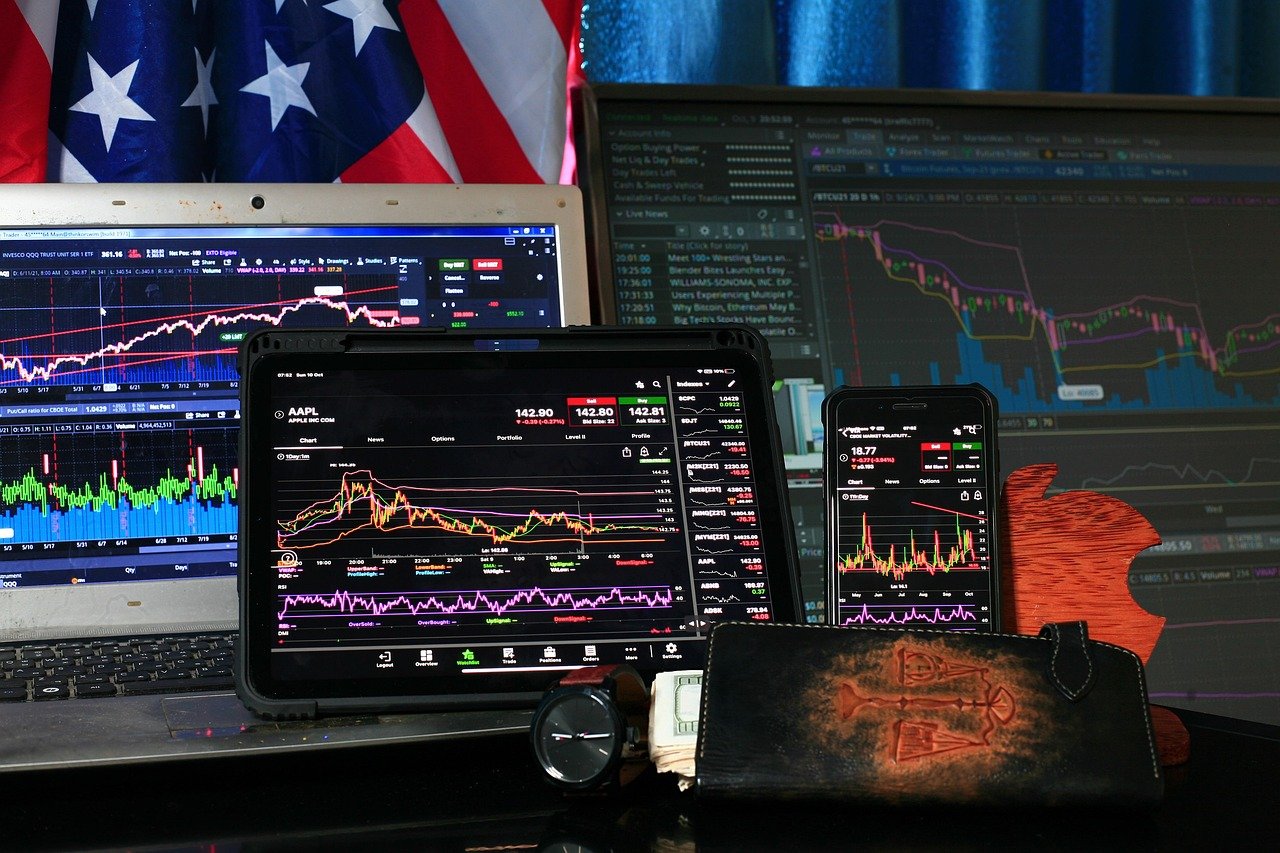
The worldwide market for mining lubricants is projected to grow from an estimated USD 2.5 billion in 2025 to nearly USD 4.2 billion by 2035, representing a compound annual growth rate (CAGR) of 5.4 percent over the forecast span.
A recent market report published on November 19, 2025, in Newark, Delaware, indicates that increasing demand for dependable, high-performance lubrication in mining operations is propelling this expansion. As mining activities go deeper and equipment becomes more advanced, operators are prioritizing cutting-edge lubricants capable of enduring severe loads, elevated temperatures and harsh environments. Such formulations help boost machine uptime, prolong component lifespan and cut maintenance expenses.
Geographically, North America and the Asia-Pacific region are forecast to hold the largest market shares. North America’s expansion is driven by steady investments in mineral extraction and infrastructure modernization, while Asia-Pacific thrives on rapid industrial growth and surging raw material requirements. Furthermore, Latin America and Africa offer considerable growth potential as mining efforts ramp up to meet worldwide commodity demand.
Synthetic and semi-synthetic lubricants are anticipated to exhibit the highest growth rates owing to their exceptional thermal resistance and extended service intervals. Leading lubricant manufacturers are broadening their offerings and collaborating with mining equipment producers to provide integrated, application-specific solutions.
Highlighted companies in the study include global oil and specialty-chemicals firms investing in R&D to develop eco-friendly and biodegradable lubricant options. With sustainability taking center stage, the sector is also witnessing a move toward greases and fluids that satisfy strict environmental standards without sacrificing performance.
In summary, the consistent growth of the mining lubricant sector underscores the vital contribution these products make to efficient, cost-effective and environmentally responsible mining operations across the globe.
📊 Market Context & Insight
Current gold dynamics in Malaysia are shaped by elements such as the performance of the Malaysian Ringgit, Bank Negara Malaysia’s monetary stance, inflation levels, and international gold valuations. Domestic demand is further influenced by cultural practices, jewelry purchasing patterns, and investment interests of Malaysian consumers and enterprises.
💡 What This Means for Malaysian Investors
Malaysian investors often view gold as a safeguard against currency swings, inflationary pressures, and global instability. Many diversify holdings through physical gold jewelry, gold bars, Gold Investment Accounts (GIAs) provided by banks like Maybank and CIMB, and Bursa Malaysia’s Gold Futures (FGLD). It is advisable to strike a balance between tangible and paper gold in line with your long-term objectives.
🔗 Useful Resources
Note: This article was auto-fetched from trusted news sources. For educational purposes only. Please verify with official financial advisors or licensed institutions in Malaysia before making investment decisions.


 Ready for more? Get access to premium rewards and deals now →
Ready for more? Get access to premium rewards and deals now →


0 comments